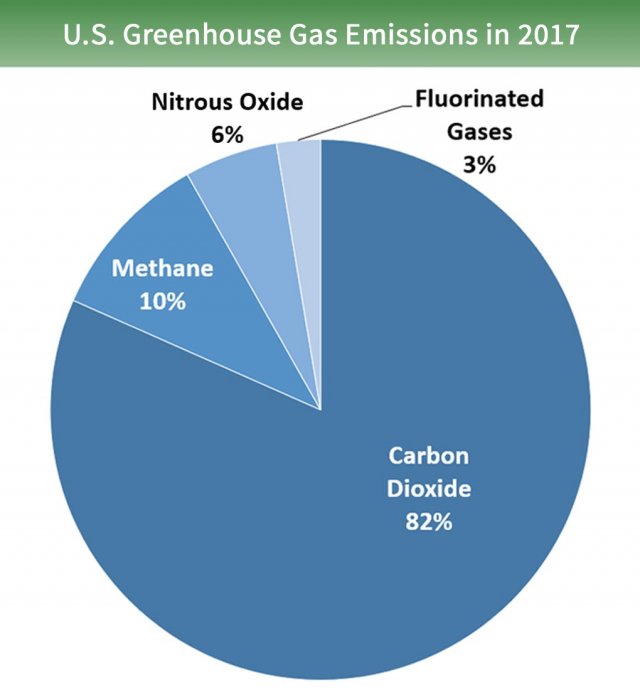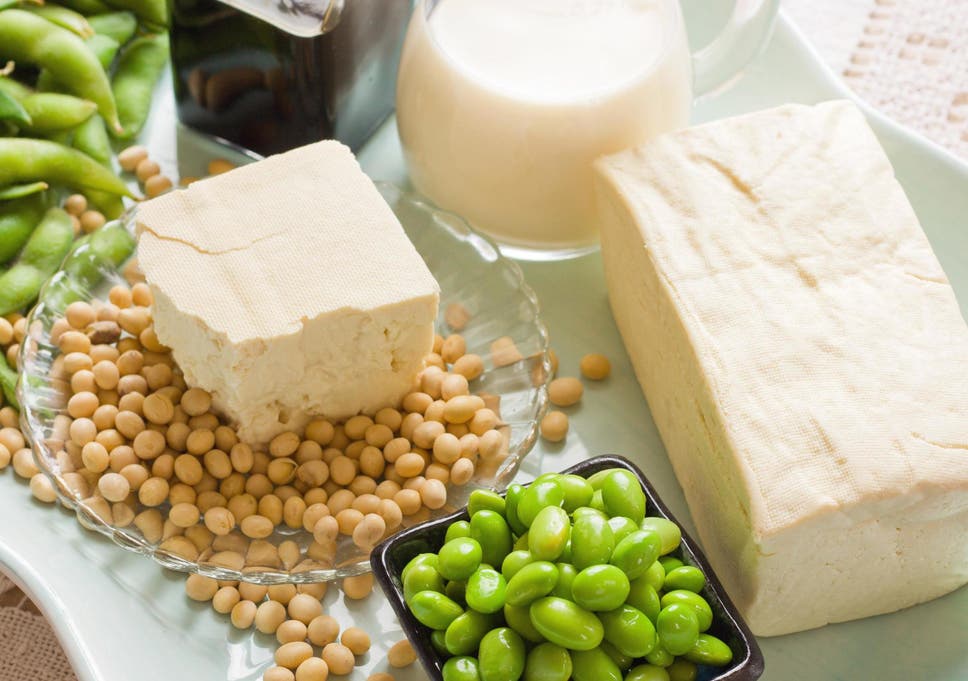Tuesday, January 30, 2024
(Advanced) Language Acquisition
second theories of hold that the best way to help students develop both fluency and accuracy in a language is to expose them to large amounts of comprehensible input. This is the so-called ). Krashen advocates free voluntary reading and teaching techniques such as TPR Storytelling to provide this input.
Video:
Dr. Stephen Krashen
MIT researcher Deb Roy wanted to understand how his infant son learned language -- so he wired up his house with videocameras to catch every moment (with exceptions) of his son's life, then parsed 90,000 hours of home video to watch "gaaaa" slowly turn into "water." Astonishing, data-rich research with deep implications for how we learn.
Video:
Deb Roy: The birth of a word
Connecting ideas
Talk about these. Are they convincing arguments?
1. All men will die. I am a man. Therefore, I will die.
2. If Samantha works hard, then she will get into college.
3. All snakes are reptiles. My pet is a reptile. Therefore, my pet is a snake.
4. If you care about your family, then you will get up early and cook breakfast.
5. This ice cream is either chocolate or vanilla. Since it’s not chocolate, it must be vanilla.
6. Ice cream is full of milk. People who are allergic to milk should not eat it.
7. All dogs are animals, and all canines are dogs. Therefore all canines are animals.
Cause and effect, reason and result\
The Tale Of Two Pebbles
Many years ago in a small Indian village, a farmer had the
misfortune of owing a large sum of money to a village moneylender. The
moneylender, who was old and ugly, fancied the farmer’s beautiful daughter. So
he proposed a bargain. He said he would forgive the farmer’s debt if he could
marry his daughter.
Both the farmer and his daughter were horrified by the
proposal. So the cunning money-lender suggested that they let providence
decide the matter. He told them that he would put a black pebble and a white
pebble into an empty money bag. Then the girl would have to pick one pebble
from the bag.
If she picked the black pebble, she would become his
wife and her father’s debt would be forgiven. If she picked the white
pebble she need not marry him and her father’s debt would still be forgiven. If
she refused to pick a pebble, her father would be thrown into jail.
They were standing on a pebble strewn path in the farmer’s
field. As they talked, the moneylender bent over to pick up two pebbles. As he
picked them up, the sharp-eyed girl noticed that he had picked up two black
pebbles and put them into the bag. He then asked the girl to pick a
pebble from the bag.
Now, imagine that you were standing in the field.
What would you have done if you were the girl? If you had to advise her,
what would you have told her?
Take a moment to ponder this. What would you recommend that
the girl do?
The girl put her hand into the moneybag and drew out a
pebble. Without looking at it, she fumbled and let it fall onto the
pebble-strewn path where it immediately became lost among all the other
pebbles.
“Oh, how clumsy of me!” she said. “But never mind, if
you look into the bag for the one that is left, you will be able to tell which
pebble I picked.”
The moneylender dared not admit his dishonesty. The girl
changed what seemed an impossible situation into an extremely advantageous one.
By Edward de Bono
Sunday, January 28, 2024
Déjà vu
You might have felt it -- the feeling that you've experienced something before, but, in reality, the experience is brand new. There are over 40 theories that attempt to explain the phenomenon of déjà vu. Michael Molina explains how neuroimaging and cognitive psychology have narrowed down the theories that could explain that feeling you're having...again.
Link to Ted Lesson:
Déjà vu
First 30 seconds:
Who was Emile Boirac?
Listen to the account of the three main theories, then try to explain them to each other.
What is dual processing and how might it cause déjà vu?
What is the hologram theory and how might it cause déjà vu?
What is divided attention and how might it cause déjà vu?
Which of the three theories did you find most convincing?
Before listening again, try unscrambling these bold words:
hard enevidce
nrroaw down the field of prospects
as the scene nfoulds
a fluyrr of information
zip through pwaathys
the theory asersts
a slight ladey
in a sesen
frentagm
suonmmed up
levesa you stuck with
fangili to identity
snalublimily takes in an environment
phereripal vision
capture a feetilng moment
first-hand auntcco
Now listen and check - if you're still not sure, click on the subtitles.
Discussion:
1. Do you often get déjà vu? Have you had any really strange moments of déjà vu?
2. Can you "make" yourself have déjà vu?
3. Did you have the feeling you had seen this video before?
4. Have you had situations that felt like déjà vu, but actually were just recurrences?
Make sentences
to narrow down
a slight delay
to summon up
a fleeting moment
a fragment
peripheral vision
subliminally
recurrent
Saturday, January 27, 2024
Meat & Dairy Consumption and Climate Change
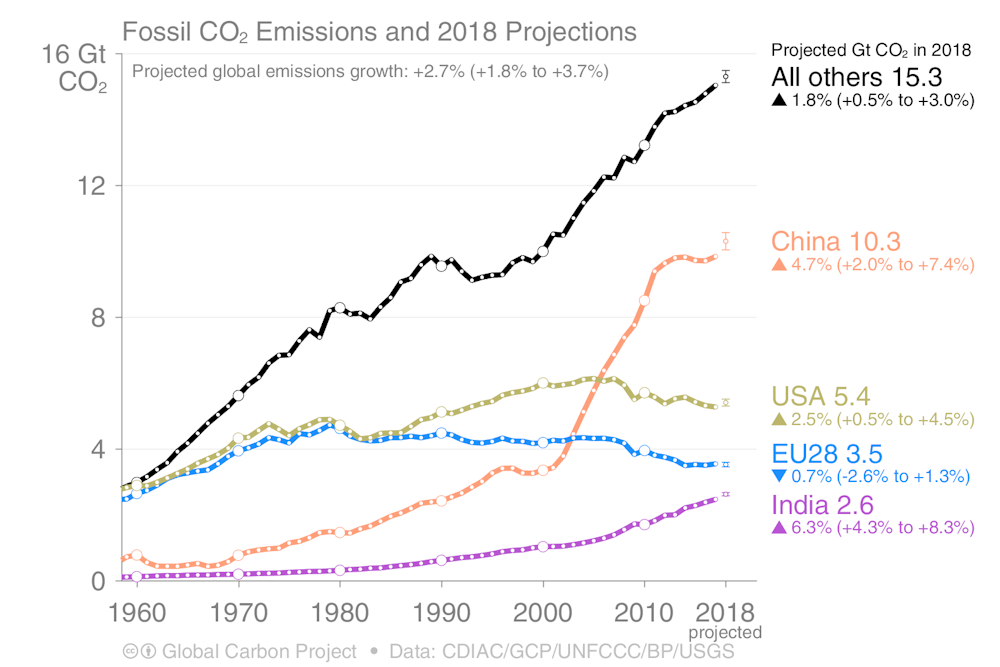
Discuss the graph. Why are C02 emissions going up?
Why worry about methane emissions when they're only %10 of the total emissions?
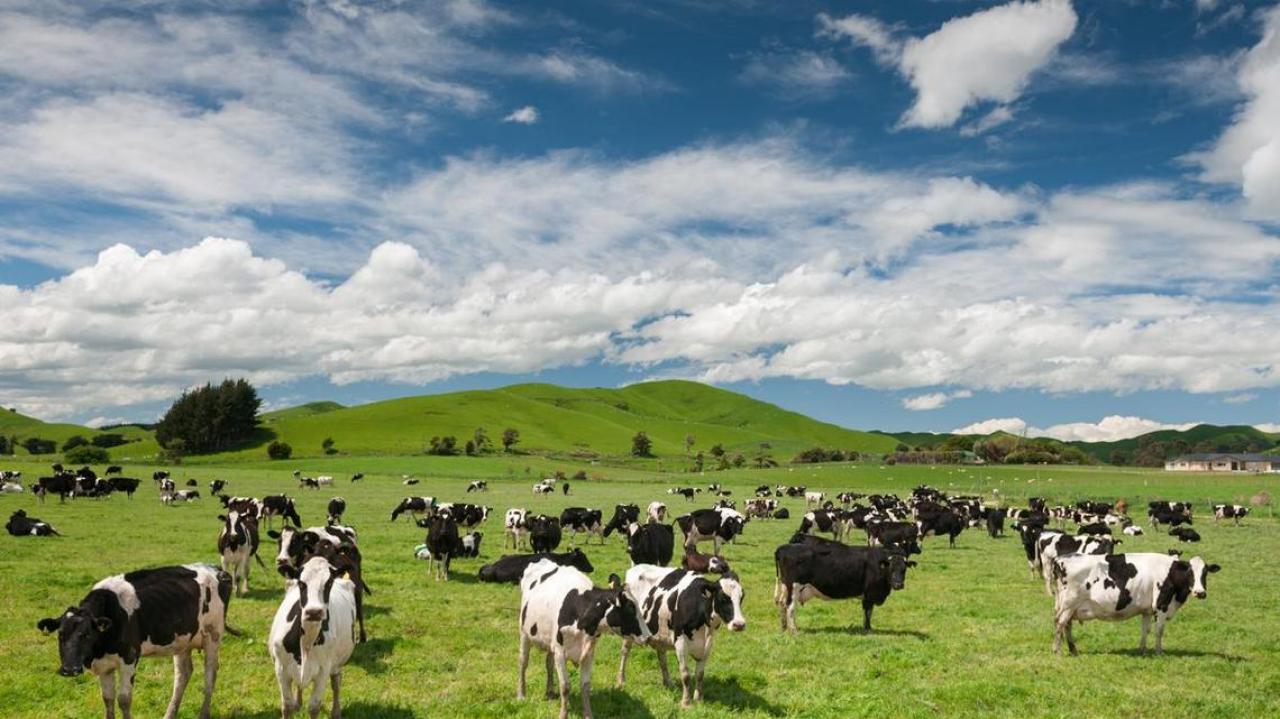
Part 1: Comprehension and vocabulary
Link:
George Monbiot: Ending Meat & Dairy Consumption Is Needed to Prevent Worst Impacts of Climate Change
2:08 - 3:38
George Monbiot is calling for a new revolution with a global shift to a plant-based diet. The British author and journalist is a columnist with The Guardian. His latest piece for The Guardian is headlined "The Earth Is In a Death Spiral - it will wake radical action to save us". He has written extensively on the link between animal farming and climate change, has himself switched to a plant-based diet."
B) Because it is more honest
C) Because it is more unexpected
B) It is too late to prevent it
C) It is caused by human activity
B) the destruction of soil
C) livestock
B) stopping emissions
C) no longer using the term "climate change"
1. What do you think of George's argument so far?
2. What do you think farmers would say to George?
3:38 - 4:28
1. Amount of agricultural land livestock uses globally: %____
2. Percentage of our diet from livestock: %____
3. "a huge dirtionspropo" (unscramble)
3.Which negative effects of livestock farming does George mention:
Skill: Linking and highlighting
Discuss
When you're trying to persuade someone to adopt your point of view, how do you make sure they get the points you're making and see how they add up?
George is a master of linking and highlighting his points. I have enlarged the language he uses to do this. It's not difficult language, but extremely useful and persuasive.
What other ways might you highlight something?
Suggestions
pausing before or after a key word, clause or sentence
amplifying an important word, clause or sentence through pitch, volume
Slowing or speeding up the pace to emphasise a point
repeating the same key word to drill it into people's heads
repeating a stem word to clearly join different aspects of a general point (e.g. can + can + can + can, or do + do + do + etc)
using emphatic sentence structures, such as cleft sentences and negative inversions
using emphatic adverbs like "ever" and "yet", also "absolutely", "unbelievably" etc to reinforce extreme adjectives
using deliberate understatement (irony)
using hyperbole (overstatement) and superlative
using emphatic, or extreme, or multiple adjectives (I'm absolutely delirious, thrilled, ecstatic to be part of the team.)
using emphatic punctuation (be careful here!!!)
using short pithy sentences (i.e. "And that was that.")
Using chiasmus (ABBA structures - "It's nice to do it and to do it is nice.")
From 8:55...
Discuss
What is "free range" meat?
Listen:
1. What does George say about free range meat?
2. What are the three choices we have, according to George?
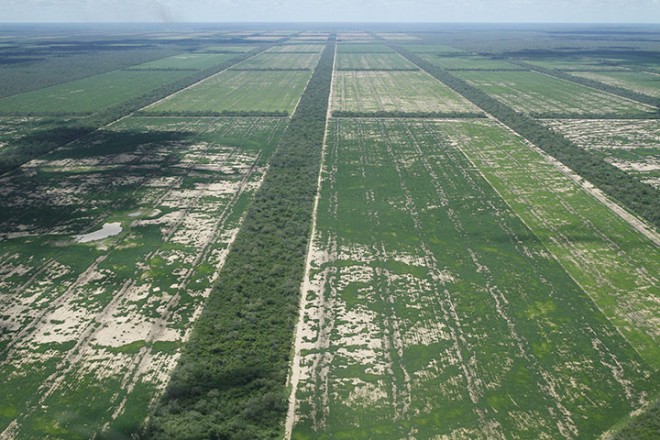 Gran Chaco deforestation Paraguay
Gran Chaco deforestation Paraguay1. What non-vegan foods will George eat?
NB: Monbiot's position on the meat industry has changed several times:
Sunday, January 21, 2024
The Five Paragraph Essay and the Quotation
According to Tim Wilson, it's all about Paragraph 4.
Video:
How to write an essay
The 5 Paragraph Essay:
1. What do you need to do in paragraphs 2 and 3?
2. What does Tim mean when he says there's "a certain leeway" in these paragraphs?
3. What do you do with your best ideas? Why?
4. What do you add to paragraph for to give it a "crunch"?
5. What things might paragraph 4 contain?
6. Which paragraphs in an essay are usually shorter?
7. What does Tim mean when he says paragraph 5 is "exactly what it says on the bottle"?
8. what should you not do in paragraph 5?
9. In what way is an argumentative essay conducted like a friendly argument between friends?
Ordering
ideas
Compare
In fact, dogs are a universal symbol of loyalty - and many cultures understand immediately what is meant by "man's best friend". I like dogs. I could go on and on, but I don't need to, as most people naturally understand when it comes to these friendly, faithful beings. But they are a creature to admire for other reasons - certain qualities they share with homo sapiens. They're such loyal and naturally faithful friends. Perhaps most importantly, dogs keep us grounded, keep us honest - even if we don't realise it. Like ourselves, they are natural explorers of the world – “get a dog and discover your own neighbourhood!"
I like dogs. They're such loyal and naturally faithful friends. In fact, dogs are a universal symbol of loyalty - and many cultures understand immediately what is meant by "man's best friend". But they are a creature to admire for other reasons - certain qualities they share with homo sapiens. Like ourselves, they are natural explorers of the world – “get a dog and discover your own neighbourhood!". Perhaps most importantly, dogs keep us grounded, keep us honest - even if we don't realise it. I could go on and on, but I don't need to, as most people naturally understand when it comes to these friendly, faithful beings.
A)"In
fact, dogs are a universal symbol of loyalty - and many cultures understand
immediately what is meant by "man's best friend".
B)"I
like dogs".
C)
I could go on and on, but I don't need to, as most people naturally understand when
it comes to these friendly, trustable beings.
D)
"But they are a creature to admire for other reasons - certain qualities
they share with homo sapiens."
E)"They're
such loyal and naturally faithful friends".
F)
Perhaps most importantly, dogs keep us grounded, keep us honest - even if we
don't realise it.
G)
"Like ourselves, they are natural explorers of the world - get a dog and
discover your own neighbourhood!"
1. A topic sentence making a
general statement.
2.
A simple sentence developing this general idea.
3.
A sentence with a further reflection or a bit more detail about it.
4.
A sentence giving another example of the general idea in the topic
sentence.
5.
A sentence to enlarge on that example.
6.
A sentence giving the strongest example of the idea expressed in the topic
sentence.
8.
A concluding sentence that ties all these ideas together simply.
The Quotation:
1. Why does it require 3 sentences to use a quotation? What do the three sentences consist of?
2. Explain Tim's analogy between using a quotation and setting "a jewel in a ring"?
3. What are some alternatives to using a quotation? Why might these be useful?
More on using quotations here
- What is the purpose of the following uses of quotation?
- Historian John Doe has argued that in 1941 “almost all Americans assumed the war would end quickly” (Doe 223). Yet during the first six months of U.S. involvement, the wives and mothers of soldiers often noted in their diaries their fear that the war would drag on for years.
- Harriet Jacobs, a former slave from North Carolina, published an autobiographical slave narrative in 1861. She exposed the hardships of both male and female slaves but ultimately concluded that “slavery is terrible for men; but it is far more terrible for women.”
- President Calvin Coolidge’s tendency to fall asleep became legendary. As H. L. Mencken commented in the American Mercury in 1933, “Nero fiddled, but Coolidge only snored.”
1. Provide context for each quotation.
- When Franklin Roosevelt gave his inaugural speech on March 4, 1933, he addressed a nation weakened and demoralized by economic depression.
2. Attribute each quotation to its source.
| add | remark | exclaim |
| announce | reply | state |
| comment | respond | estimate |
| write | point out | predict |
| argue | suggest | propose |
| declare | criticize | proclaim |
| note | complain | opine |
| observe | think | note |
3. Explain the significance of the quotation.
- With that message of hope and confidence, the new president set the stage for his next one-hundred days in office and helped restore the faith of the American people in their government.




